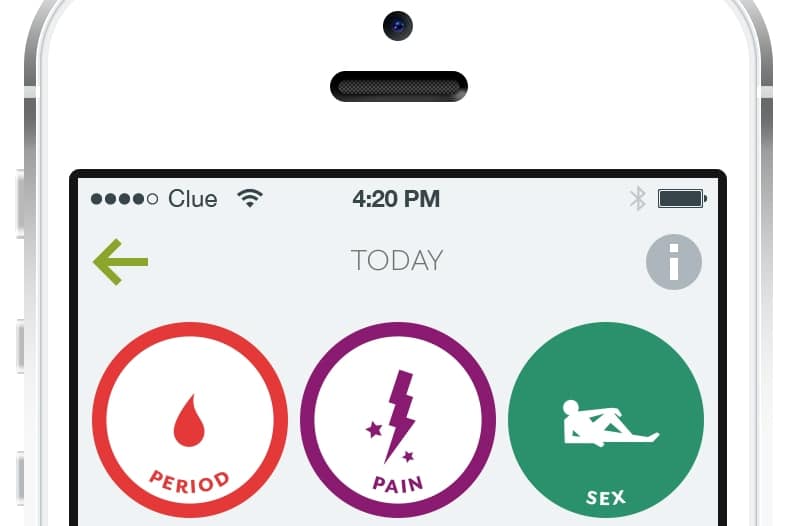
Couples exploring natural family planning through a new wave of smartphone apps should be wary of the science behind the technology, warns an Australian expert.
Derek Boylen is chairman of Natural Fertility Australia Incorporated, an initiative of the Australian Catholic Bishops Conference, and director of Catholic, Marriage and Fertility Services for the archdiocese of Perth.
Couples can now choose from dozens of fertility apps, free or paid, promising to achieve or avoid pregnancy.
But of several apps trialled by Mr Boylen and his staff, “some were a bit dodgy, some were more reliable, some have reasonable science behind them, some seem to be made up by a computer”.
“It is difficult to know what is the science that is behind the app,” he says.
“All the main contemporary methods that are available for couples in the Church today, be it Billings or the Fertility Care model, are based on different scientific models for interpreting the fertile and infertile of the cycle.”
While most apps are based on one primary symptom – cervical mucus – contemporary natural family planning methods incorporate other indicators including the position of the cervix and basal body temperature, he says.
He warns couples “not to try to teach themselves from an app or off the internet”.
Instead, they should seek out a qualified teacher when “making important decisions about the timing of their love-making to avoid or try to achieve a pregnancy”.
Some apps do have potential for couples experienced with natural family planning, he says.
“They might find the apps a great supplement to that further down the track as they become more aware of their own cycle.
“Most of the natural methods require recording of fertile symptoms in some way, usually on a chart.
“Sometimes there is a disconnect between noticing the symptoms and the actual recording of it. You know, if people are busy or they have a rushed day or they have to get to work quickly. Sometimes they can be less reliable than they should be about actually recording symptoms.”
Recording symptoms on a smartphone “can be done in a coffee break, it can be done in five seconds”.
Apps may also increase awareness of natural family planning as an option for Catholics and non-Catholics, he says.
“If it gets people interested then I think it’s a fantastic initiative.”
While natural family plannings are “still at an early phase of their development”, an Australian app developed in conjunction with Catholic fertility educators “would be fantastic”, he says.
“The main providers of natural family planning methods will really explore how they can engage with the use of online technology, to make recording fertility symptoms easier, and I think there is real potential in the future for these apps.”
Mr Boylen thinks a Catholic university “would be in the perfect position to explore the development of this technology”.
“There is real scope in the future for some really reliable apps to be developed.”
